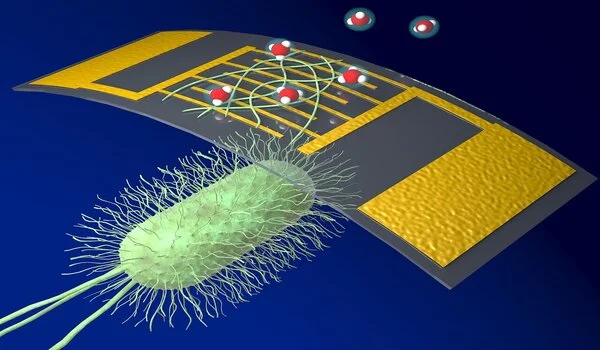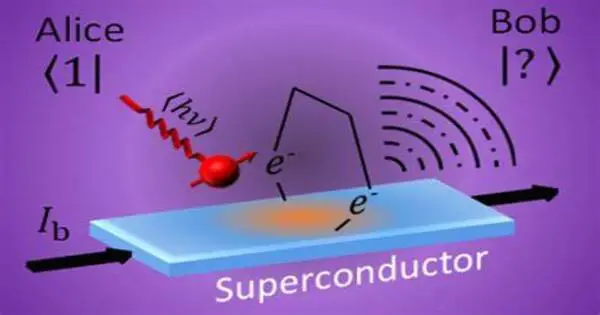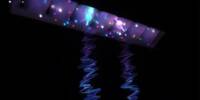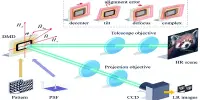An international research team led by quantum physicist Markus Arndt (University of Vienna) has made a breakthrough in protein ion detection: Because of their high energy sensitivity, superconducting nanowire detectors achieve nearly 100% quantum efficiency and outperform conventional ion detectors at low energies by a factor of 1,000. In addition, unlike conventional detectors, they can distinguish macromolecules based on their impact energy. This enables more sensitive protein detection and provides additional information in mass spectrometry. This study’s findings were recently published in the journal Science Advances.
Many areas of life sciences, including protein research, diagnostics, and analytics, are interested in the detection, identification, and analysis of macromolecules. Mass spectrometry is a type of detection system that separates charged particles (ions) based on their mass-to-charge ratio and measures the intensity of the signals generated by a detector. This provides information about the relative abundance of the various types of ions and, as a result, the sample’s composition. However, conventional detectors have only been able to achieve high detection efficiency and spatial resolution for particles with high-impact energy – a limitation that an international team of researchers has now overcome by using superconducting nanowire detectors.
With the nanowire detectors we use, we exploit the quantum transition from the superconducting to the normal conducting state and can thus outperform conventional ion detectors by up to three orders of magnitude.
Marcel Strauß
Joined forces for low-energy particles
In the current study, a European consortium led by the University of Vienna and including partners from Delft (Single Quantum), Lausanne (EPFL), Almere (MSVision), and Basel (University) demonstrates for the first time the use of superconducting nanowires as excellent detectors for protein beams in so-called quadrupole mass spectrometry. Ions from the sample to be analyzed are fed into a quadrupole mass spectrometer and filtered.
“By using superconducting nanowires instead of conventional detectors, we can now identify particles with low kinetic energy,” explains project leader Markus Arndt of the Quantum Nanophysics Group at the University of Vienna’s Faculty of Physics. This is made possible by a special material property (superconductivity) of the nanowire detectors.

Getting there with superconductivity
The key to this detection method is that nanowires enter a superconducting state at very low temperatures, in which they lose their electrical resistance and allow lossless current flow. Excitation of the superconducting nanowires by incoming ions causes a return to the normal conducting state (quantum transition). The change in the electrical properties of the nanowires during this transition is interpreted as a detection signal.
“With the nanowire detectors we use,” says Marcel Strauß, the first author of the paper, “we exploit the quantum transition from the superconducting to the normal conducting state and can thus outperform conventional ion detectors by up to three orders of magnitude.”
Indeed, nanowire detectors have a remarkable quantum yield at extremely low impact energies, redefining the capabilities of traditional detectors: “In addition, a mass spectrometer equipped with such a quantum sensor can classify molecules not only according to their mass to charge state, but also according to their kinetic energy.” This improves detection and opens the door to higher spatial resolution,” says Marcel Strauß.
















